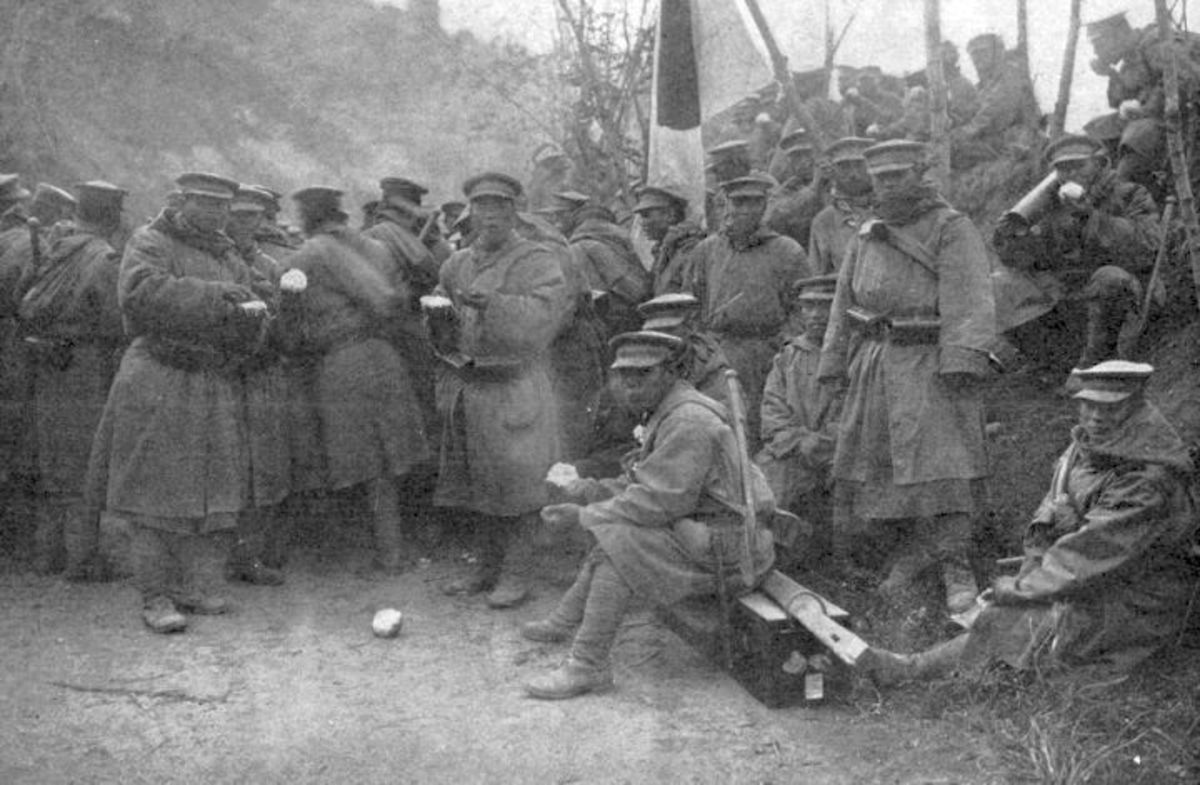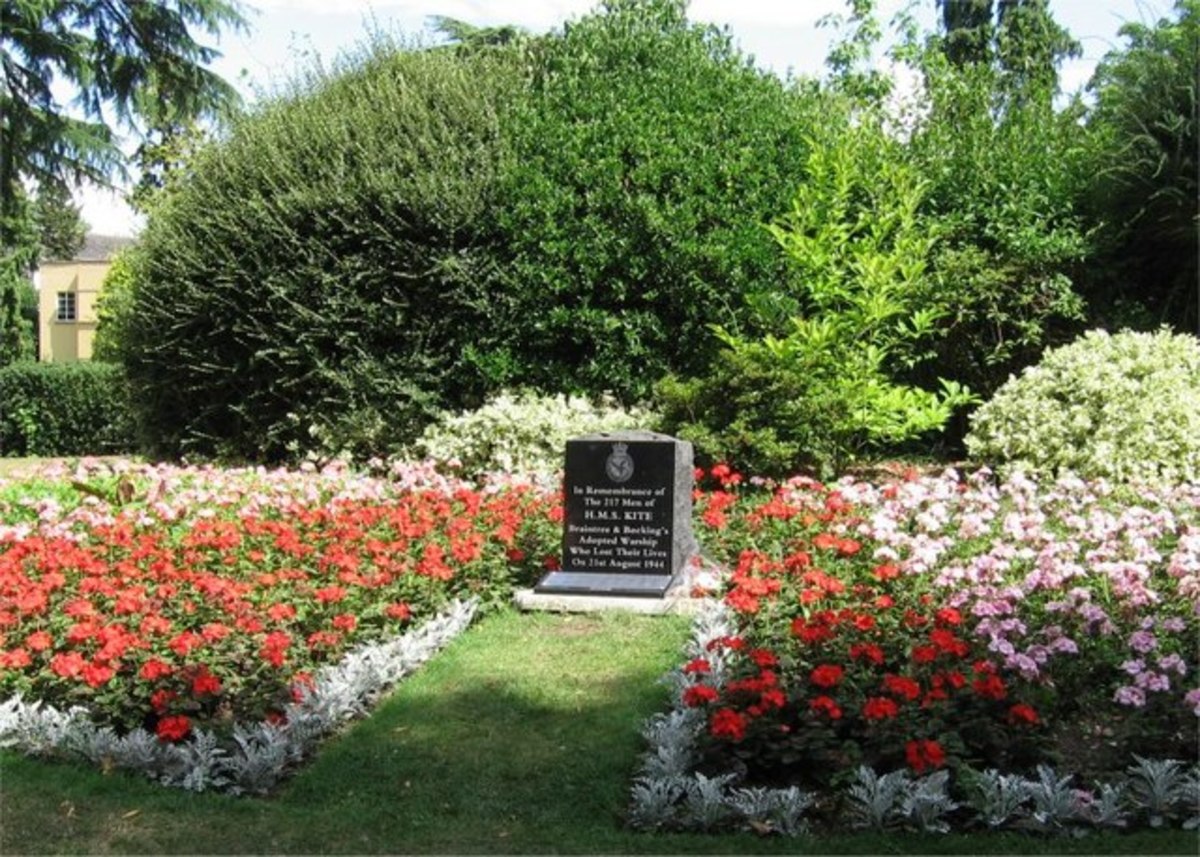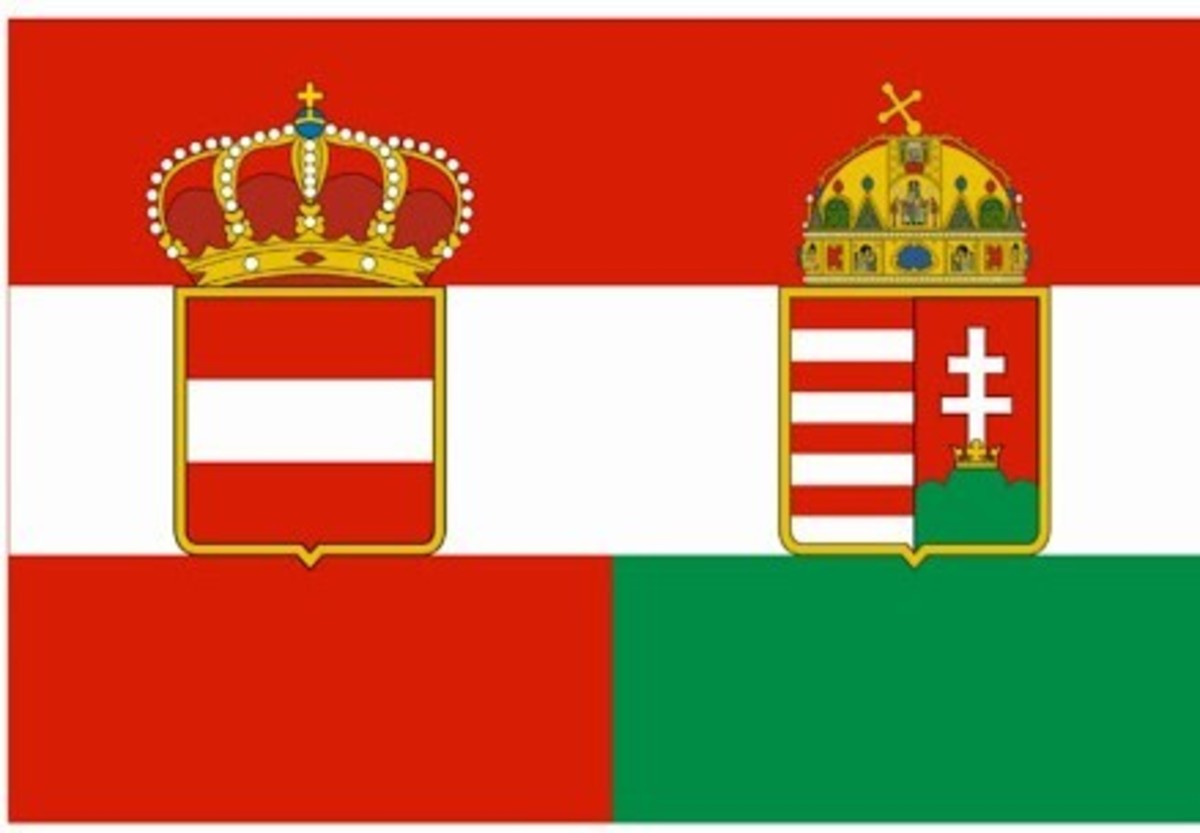- HubPages»
- Education and Science»
- History & Archaeology»
- History of the Modern Era»
- Twentieth Century History
World One War: Seizing Turkey's Dreadnoughts
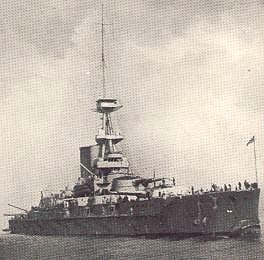
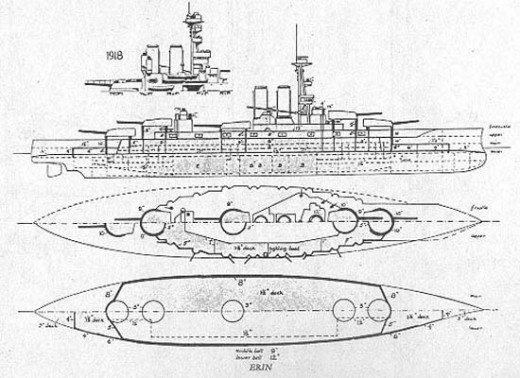
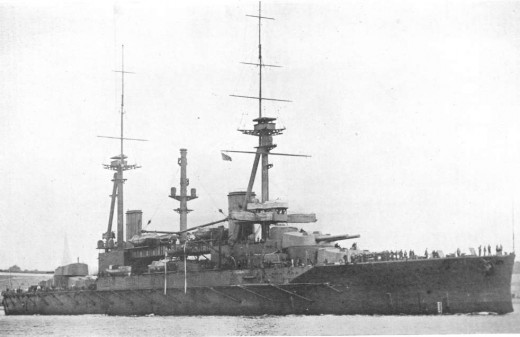
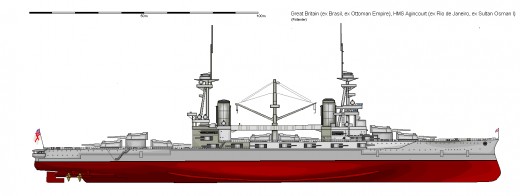
At the outbreak of war in 1914, Ottoman Turkey received a vital blow when two Dreadnoughts destined for Turkey, were seized by the Royal Navy.
The first ship, ‘Rio de Janeiro’, as HMS Agincourt was first known, was laid down on the 14th of September 1911 by Armstrong’s in Newcastle-upon-Tyne and launched in 1913. The ship was ordered due to an arms race in South America between Brazil, Argentina and Chile. Brazil wished to purchase a capital ship which would outclass any vessel which either Chile or Argentina could build or purchase.
Despite this, the rubber trade in Brazil, on which Brazil was reliant, collapsed. Thus the vessel was placed on the market on October 1913. The Ottoman Navy bought the vessel for £2,750,000 on the 28th December 1913. Subsequently re-named the Sultan Osman I, the vessel underwent sea trials and was completed upon the outbreak of war in August 1914.
In regard to the second Dreadnought, HMS Erin was ordered by the Ottoman Navy under the name Reshhad, but was renamed Reshadieh during its completion. Originally laid down by the Vickers Company in 1911, the Reshadieh was launched on the 3rd of September 1913 and completed, like the Agincourt, at the outbreak of war in August 1914. The Ottoman Navy’s intention was to acquire a surface ship which was equal to any Western Navy ship afloat at that time. The initial design was based on the King George V, but featured aspects of HMS Iron Duke.
When war broke out in August 1914, although the Ottoman crew had arrived to collect the ‘Sultan Osman I’, the British Government seized the vessel. During the same period the ‘Reshadieh’ was seized and renamed Erin.
The British Governments actions were stipulated within the signed contracts as the then First Lord of the Admiralty, Winston Churchill, did not want the ships to be used against Great Britain. Despite Churchill’s intentions, there were severe consequences.
Since the armistice of 1918, it has been argued that the seizing of the ‘Erin’ and ‘Agincourt’ were pivotal in bringing the Ottoman Empire into war on the side of Germany and Austro-Hungary. The take-over itself caused considerable ill-feeling within the Ottoman Empire where public donations partially funded the ships. When the Ottoman government had been financially unable to fund the ships, the people’s donations were taken. In order to encourage the donation campaign, a medal was presented to high donations tilted “The Navy Donation Medal”. The fundraising and subsequent loss of both ships proved to0 be a crucial factor in turning Turkey against the allies.
In terms of Royal Naval Service and modifications made, the ‘Agincourt’ was a bit of a problem for the Royal Navy. The Admiralty was unprepared to man a ship of Agincourt’s size on such short notice, thus the crew came from the highest and lowest ‘ranks’ of the admiralty.
‘Agincourt’ was formally accepted into the Royal Navy on the 7th of September 1914 and saw very little action throughout the war. Despite this, ‘Agincourt’ was present at the surrender of the German High Seas Fleet on the 21st of November 1918.
In looking at the ‘Erin’, she joined the Fleet on September 5th 1914 and was stationed at Scapa Flow. The ship was present at the Battle of Jutland and remained with the Fleet for the remainder of the war. Following the armistice, in October 1919 she was placed in reserve at the Nore, and from December of that year served as a turret drill ship at Chatham Dockyard.
For complete, detailed and factual ship lists of the Navies of the First World War, check out DUGOUT WW1 and sign up to get your FREE EDITION BELOW

